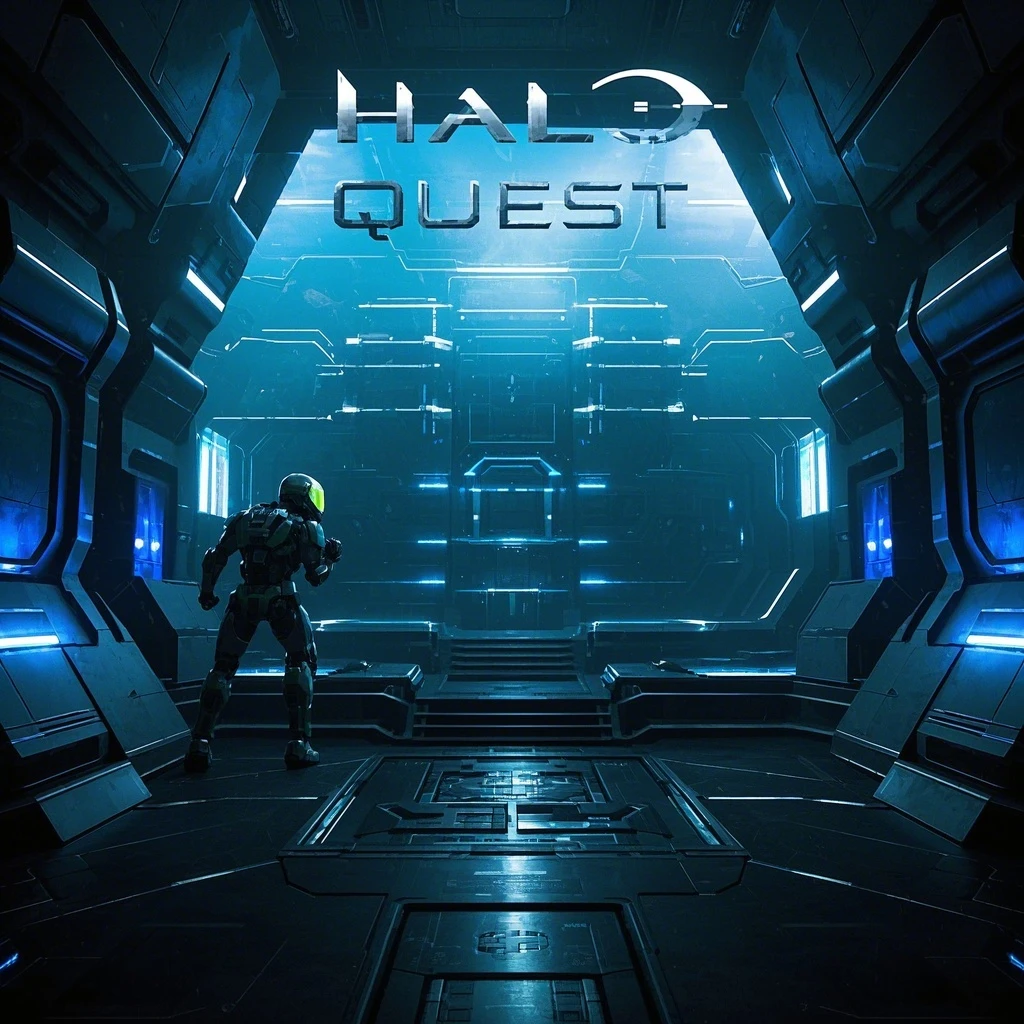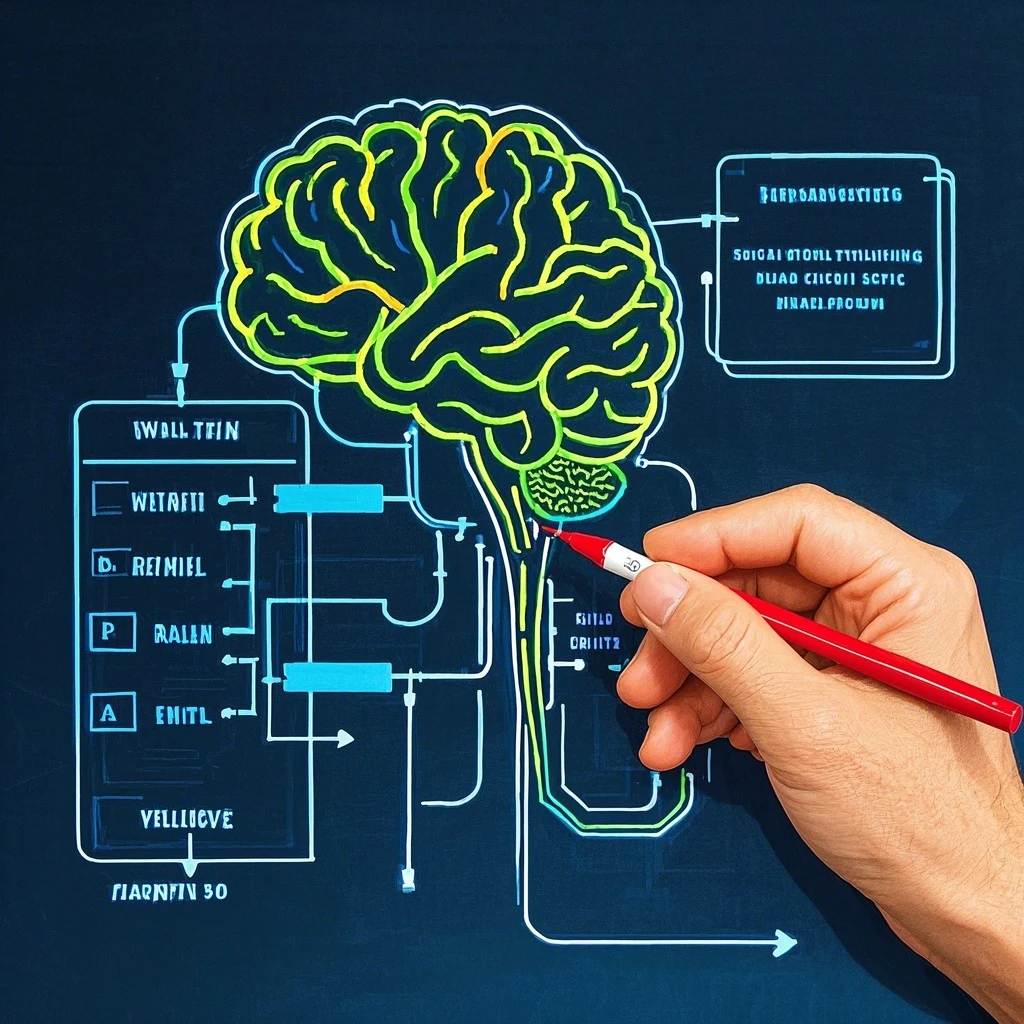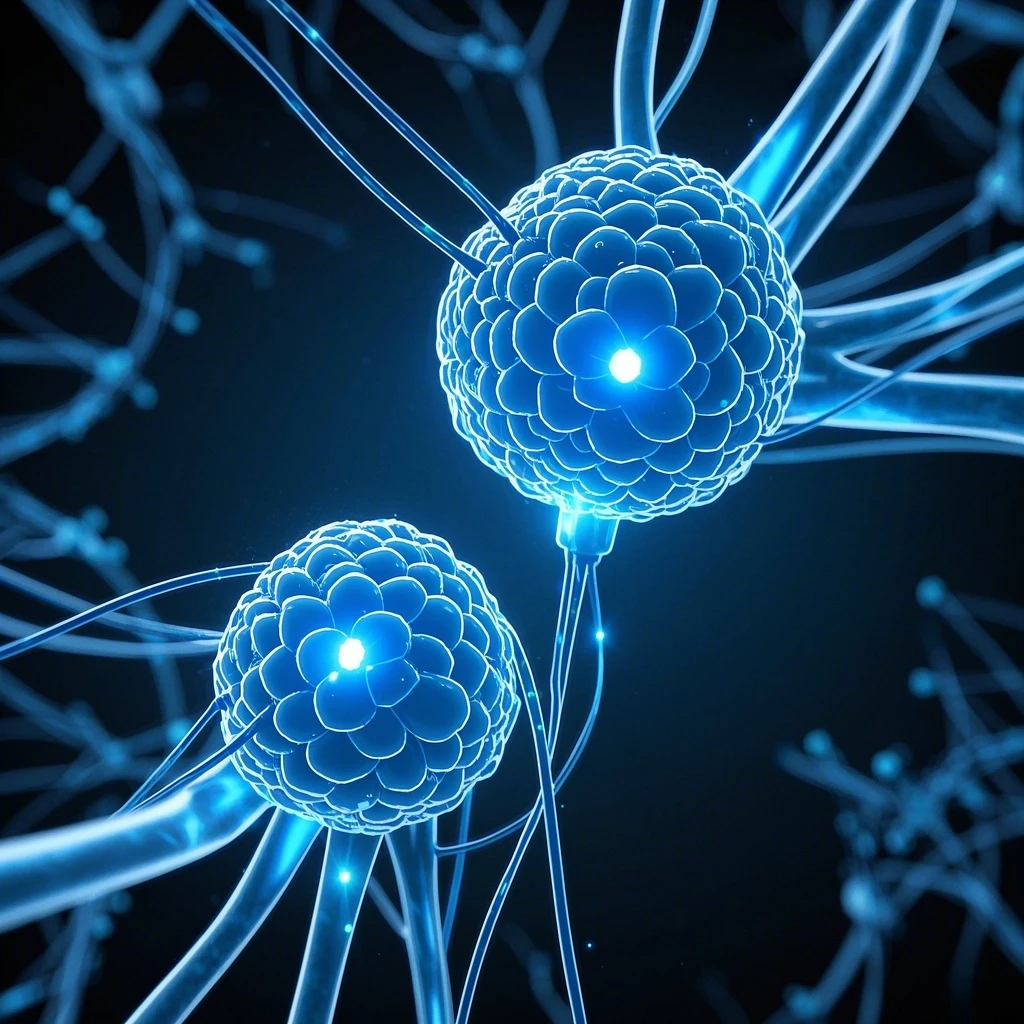A Dynamic Framework to Counter AI Hallucinations in Visual-Language Models
 1. The Hallucination Challenge in AI Vision
1. The Hallucination Challenge in AI Vision
Visual-Language Models (VLMs) like GPT-4V and Gemini are increasingly deployed in critical domains such as healthcare and autonomous driving. However, their tendency to generate false or inconsistent information—known as hallucinations—poses significant risks. Traditional datasets like MS-COCO fail to systematically test these weaknesses. Enter HaloQuest, a groundbreaking dataset from Google DeepMind and Columbia University, designed to rigorously evaluate VLMs by triggering three types of hallucinations:
- False Premise Questions (e.g., “Is the man’s earring gold or silver?” when no earring exists).
- Visually Challenging Queries (e.g., counting hidden objects or inferring occluded details).
- Insufficient Context Scenarios (e.g., asking for a city’s name with no visible signage).
2. HaloQuest’s Innovative Design
- Hybrid Image Mix: Combines real-world photos from Open Images with synthetic images generated by Midjourney and Stable Diffusion. Synthetic images allow controlled creation of rare or impossible scenarios (e.g., a dog wearing newspaper clothing).
- Human-LLM Collaboration:
-
- Humans design ambiguous questions, while LLMs generate image descriptions and validate facts.
-
- Example: LLMs parse image details like “dog with newspaper cape” and flag inconsistencies.
- Dynamic Evaluation: The Auto-Eval system uses Gemini Pro to assess free-form answers against ground truths, achieving 95.3% agreement with human raters.
3. Technical Breakthroughs
- Encoder-Processor-Decoder Architecture:
-
- Encoder: Integrates sparse sensor data and satellite imagery using ViT and SetConv layers.
-
- Processor: Uses stacked ViT models to predict daily weather residuals, enabling 1–10 day forecasts.
-
- Decoder: Converts global grids to hyper-localized predictions using U-Net and terrain-aware MLPs.
- Synthetic Image Advantage:
-
- Cost-effective scalability compared to real-image datasets.
-
- Training on synthetic images reduces hallucination rates by 20–30% in fine-tuned models.
4. Experimental Findings
- Model Vulnerabilities: Leading VLMs like GPT-4 and Gemini struggle on HaloQuest, with accuracy ranging from 10.9% (LLaVA) to 77.9% (Gemini Pro).
- Size Doesn’t Equal Safety: Smaller models like BEiT-3 (0.7B parameters) outperform larger ones, suggesting data quality matters more than scale.
- Practical Impact: Fine-tuning on HaloQuest improves VQA accuracy by 15–25% while maintaining performance on standard benchmarks like VQA v2.
5. Future Directions
- Extreme Weather Adaptation: Addressing rare events like derechos with synthetic training data.
- Expanded Applications: Integrating oceanographic and air quality data for holistic Earth system modeling.
THE END







